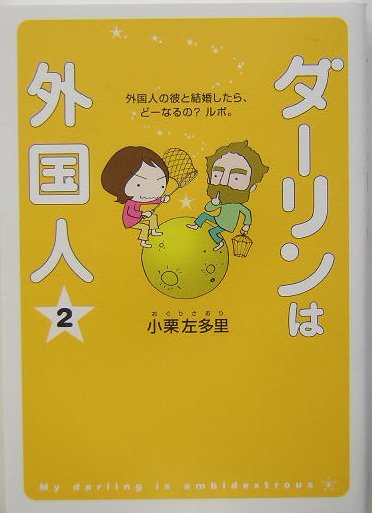I write a lot about how one of the challenging aspects of leaning Japanese is getting in tune with what isn’t being overtly stated, learning to pick up meaning from situations or from the air around you. This is called mugon ryokai or “understanding without saying,” and it presents special challenges people coming over from English, a language in which the subject and object of sentences are always stated. Once I got a call from my wife, asking if I would drive down to the station where she was waiting. She was sure I would understand that she was with her mother and that I should come pick up both of them in our normal car, yet she left this part out, in essence, saying, “Would you come pick [omitted] up.” Of course I assumed she was alone, so I drove my Mazda Roadster (aka Miata) down to pick her up, which caused all kinds of problems since three people can’t fit inside. The inability of non-native Japanese speakers to completely master the built-in vagueness of the language has the effect of turning even the smartest and most intelligent foreigner into a buffoon who doesn’t know what is going on around him, at least some of the time. When you watch anime series that have a gaijin kyara or a foreign character, they often fit this mold: kind and well-meaning, but bumbling linguistically and generally causing problems for the Japanese around by always misunderstanding the situation.
From a popular book about a Japanese woman married to a foreigner, Darling ha Gaikokujin. Oops, I mean wa, sorry.
















